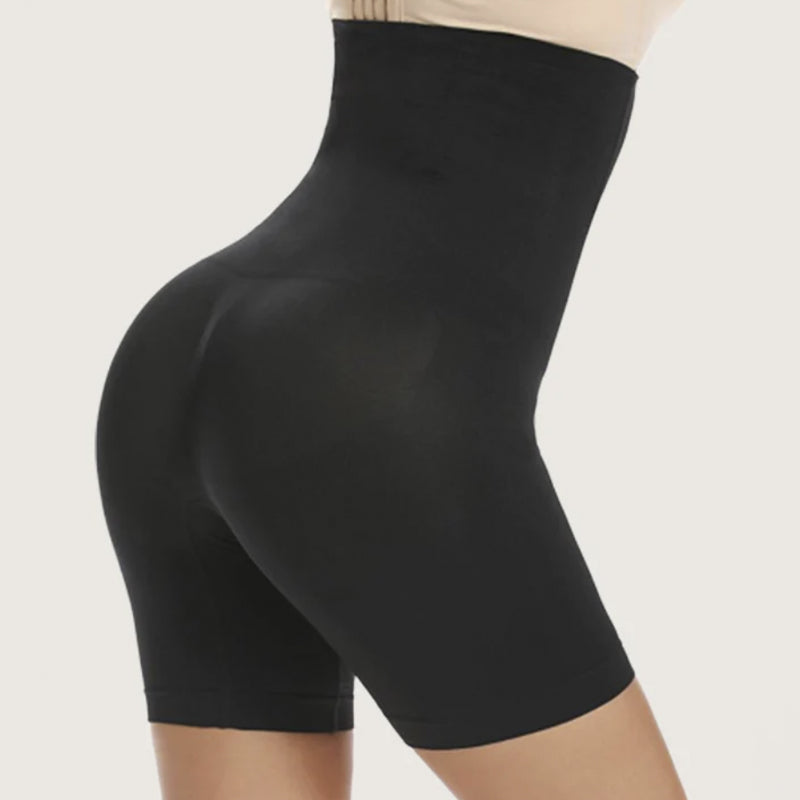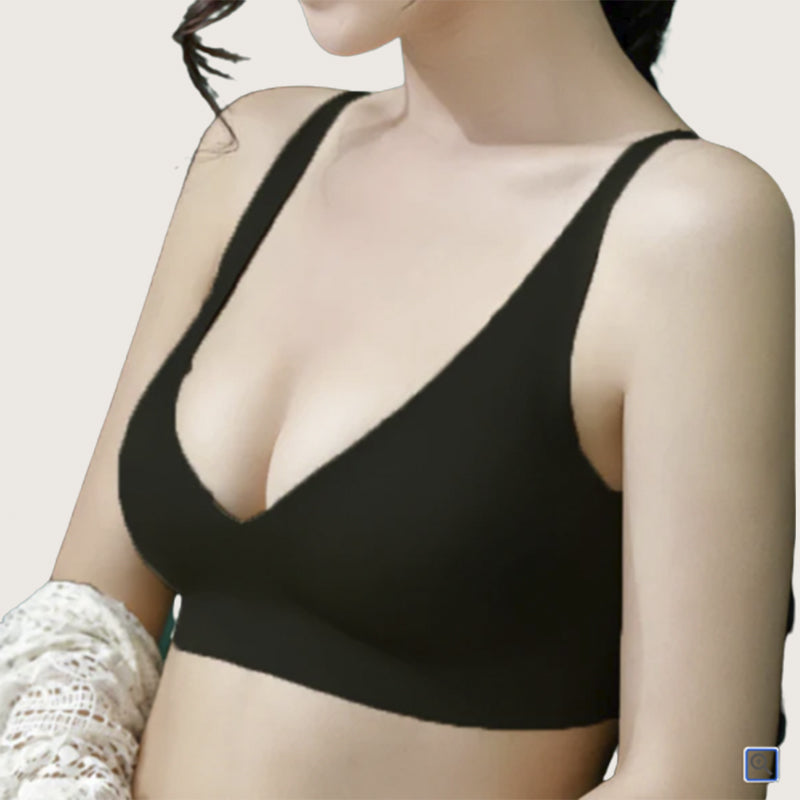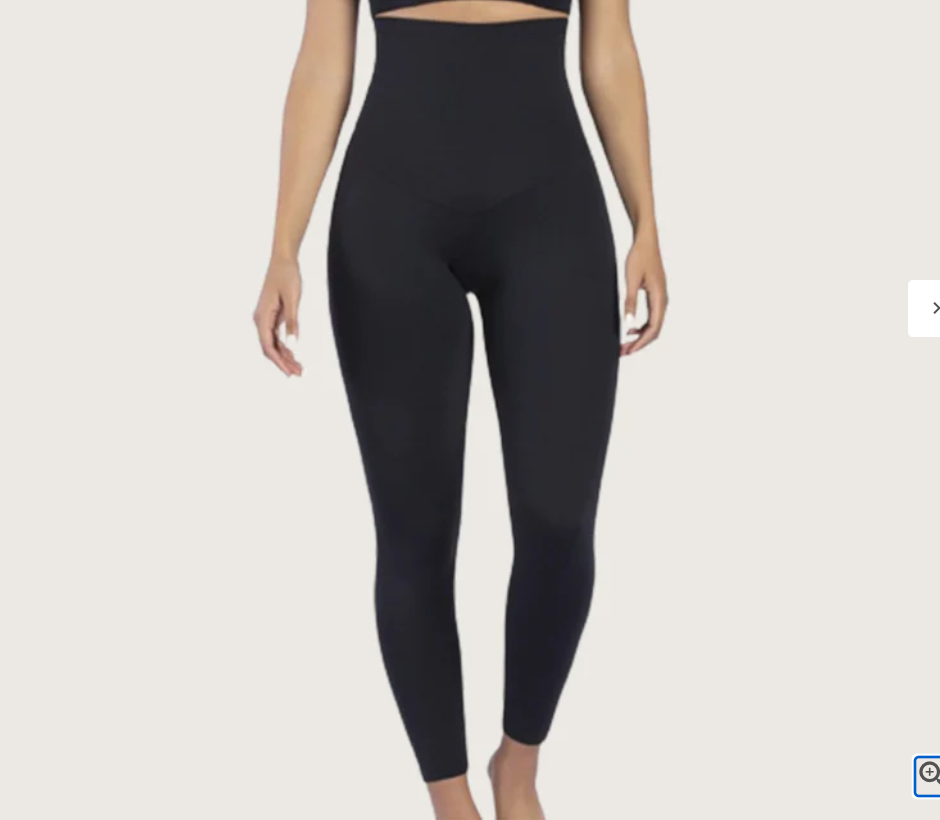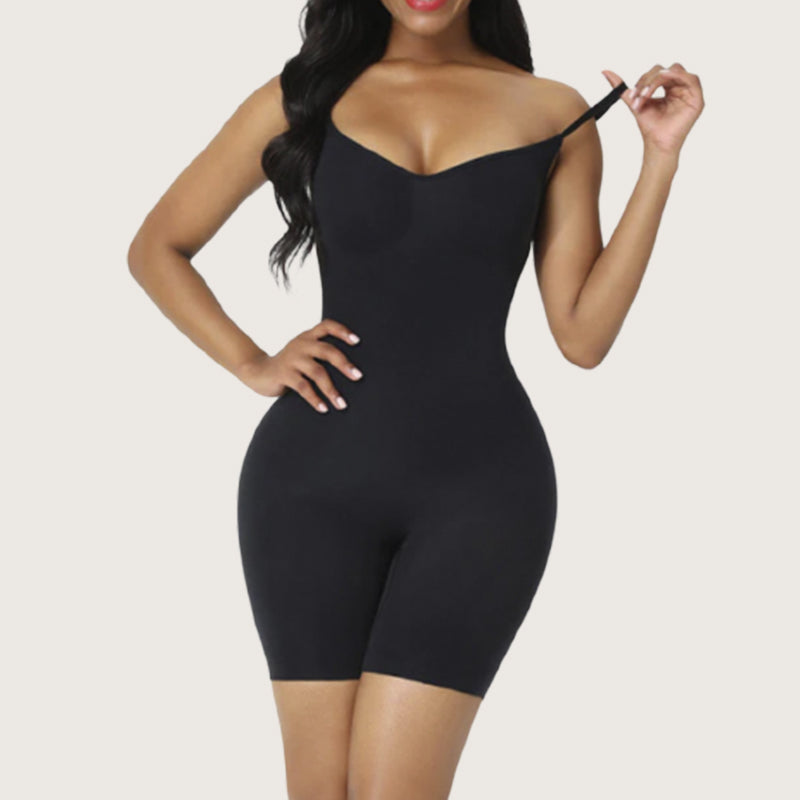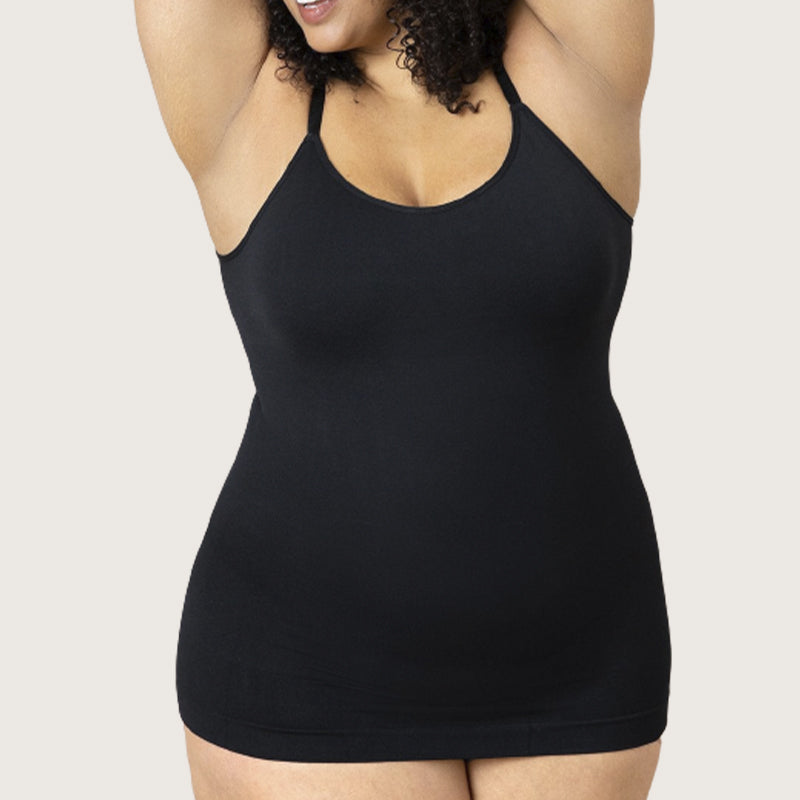In the quest for a sculpted and toned physique, many individuals have incorporated shapewear into their workout routines. Shapewear, designed to smooth and contour the body's silhouette, has become a popular garment among fitness enthusiasts. However, the question remains: Is it advisable to wear shapewear while working out? In this article, we'll explore the pros, cons, and considerations surrounding the use of shapewear during exercise.
Table of Contents
What is Shapewear?
Before delving into the topic of wearing shapewear while working out, let's first define what shapewear is. Shapewear, also known as body shapers or control garments, are form-fitting undergarments designed to smooth and reshape the body's contours. Made from stretchy, compressive fabrics like spandex or nylon, shapewear aims to provide a slimming effect by contouring and compressing specific areas of the body, such as the abdomen, thighs, and buttocks.

Potential Benefits of Wearing Shapewear During Exercise
While shapewear is primarily designed for fashion and body-contouring purposes, some individuals believe it can offer potential benefits during exercise:
- Increased Perspiration: The compression provided by shapewear can lead to increased perspiration, which some believe may aid in calorie burn and weight loss. However, it's important to note that this potential benefit is not scientifically proven.
- Improved Posture and Support: Shapewear garments can provide additional support and compression to the core and back muscles, potentially improving posture and form during certain exercises.
- Confidence Boost: For some individuals, wearing shapewear during a workout can boost confidence and motivation, as the garments can create a smoother, more toned appearance.
Potential Drawbacks of Wearing Shapewear During Exercise
While there may be some perceived benefits, wearing shapewear while working out can also present several potential drawbacks:
- Restricted Movement: Shapewear garments are designed to be tight-fitting and compressive, which can limit range of motion and potentially impede proper exercise form.
- Discomfort and Chafing: The compressive nature of shapewear can lead to discomfort, chafing, and skin irritation, especially during high-intensity workouts or activities that involve excessive sweating.
- Impaired Breathability: Shapewear fabrics are often not as breathable as traditional workout attire, which can cause overheating and excessive sweating during exercise.
- Potential Health Risks: Wearing overly tight shapewear during exercise can potentially restrict blood flow, cause digestive issues, or even lead to dizziness or lightheadedness.

Choosing the Right Shapewear for Exercise
If you decide to wear shapewear while working out, it's essential to choose garments specifically designed for exercise. These garments are typically made from moisture-wicking and breathable fabrics, allowing for better airflow and comfort during physical activity.
Additionally, it's crucial to ensure that the shapewear fits properly and doesn't restrict movement or cause discomfort. Ill-fitting or overly tight shapewear can negatively impact your workout performance and potentially lead to injury.
Shapewear Options for Workouts
While the decision to wear shapewear during exercise should be made with caution, certain products are designed specifically for physical activity and may offer potential benefits. Here are some options to consider:
- Compression Shorts and Leggings: Garments like the Power Compression Short and Waist Shaper Leggings are designed with moisture-wicking and breathable fabrics, providing compression and support for the lower body during workouts.
- Supportive Tank Tops and Camisoles: Products such as the Tank Top Body Shaper and Body Shapewear Camisole Shaper can offer compression and support for the core and upper body, potentially improving posture and form during exercise.
- Waist Trainers and Cinchers: Options like the 3-in-1 Waist Trainer and Neo Waist Trainer are designed with breathable materials and can provide targeted compression and support for the midsection during workouts.
- Sauna Wear: Products such as the Long Sauna Pants and Sauna Sweat PowerPants are designed to promote increased perspiration during exercise, which may contribute to a higher calorie burn (although this potential benefit is not scientifically proven).
It's crucial to choose shapewear designed specifically for exercise, as regular shapewear garments may restrict movement, cause discomfort, and impede proper breathing and circulation during physical activity. Additionally, ensure a proper fit to minimize potential issues and prioritize overall comfort and safety during workouts.

Alternatives to Wearing Shapewear During Exercise
If you're concerned about the potential drawbacks of wearing shapewear during exercise, there are alternative options to consider:
- Compression Garments: Specialized compression garments designed for athletes and fitness enthusiasts can provide support and improve circulation without restricting movement or causing discomfort.
- Well-Fitting Athletic Wear: Investing in high-quality, well-fitting athletic wear can help you achieve a streamlined and flattering silhouette while allowing for optimal performance during exercise.
- Focus on Proper Form and Technique: Emphasizing proper exercise form and technique can help you achieve your desired results without relying on shapewear or other garments that may hinder your performance.

What’s Next?
The topic of shapewear and its various impacts on the body is broad. We have written extensively about this subject. These articles explore different questions and concerns that individuals may have when considering the use of shapewear.
- The article "Does Shapewear Help You Lose Weight?" explains if shapewear can help you lose weight or not, and what to expect.
- The article "Does Shapewear Work?" talks about how shapewear actually works to shape and smooth your body.
- If you want to know if shapewear can help tighten your skin and make it look firmer, the article "Does Wearing Shapewear Help Tighten Skin?" discusses this topic.
- If you're interested in how shapewear can help flatten your stomach area, the article "Does Shapewear Flatten Stomach?" explains how shapewear can smooth out your tummy.
- Finally, the article "Does Shapewear Make You Look Thinner?" talks about if shapewear can make you look slimmer, and what you can realistically expect.

Final Thoughts
Wearing shapewear while working out is a personal choice that should be made with careful consideration of the potential benefits and risks. While some individuals believe shapewear can offer advantages such as increased perspiration, improved posture, and a confidence boost, it's important to weigh these perceived benefits against the potential drawbacks, including restricted movement, discomfort, and potential health risks.
If you decide to incorporate shapewear into your workout routine, it's crucial to choose garments specifically designed for exercise and ensure a proper fit to minimize potential issues. Alternatively, consider exploring other options, such as compression garments or well-fitting athletic wear, that can provide support and a streamlined appearance without compromising your workout performance.
Ultimately, prioritizing your overall health, comfort, and safety should be the primary considerations when deciding whether to wear shapewear while working out.
